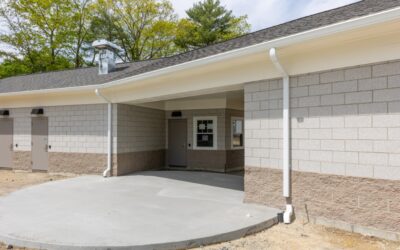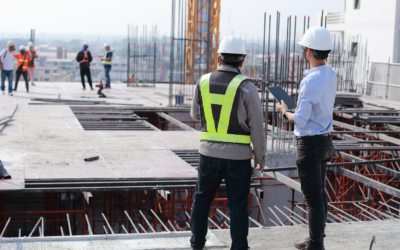The construction industry is evolving rapidly, shaping everything from the buildings we see in our cities to the infrastructure that keeps communities connected. With billions being invested annually into construction projects, the stakes have never been higher for developers, businesses, and governments alike. Tools like Dodge provide crucial information about ongoing projects in a specific area, enhancing the efficiency and integration of mixed-use developments.
South Coast Improvement (SCI), a leader in the construction industry, embodies this transformation with its client-centric approach, innovative strategies, and award-winning services.
Whether it’s large-scale infrastructure projects or commercial developments, SCI offers the perfect balance of accountability, efficiency, and expertise. Bidding is a crucial step in securing new jobs within the construction industry, and SCI leverages advanced tools and resources to simplify this process and drive business growth.
This blog explores the construction industry’s critical components, offering insights into the latest trends, successful projects, and how SCI sets itself apart.
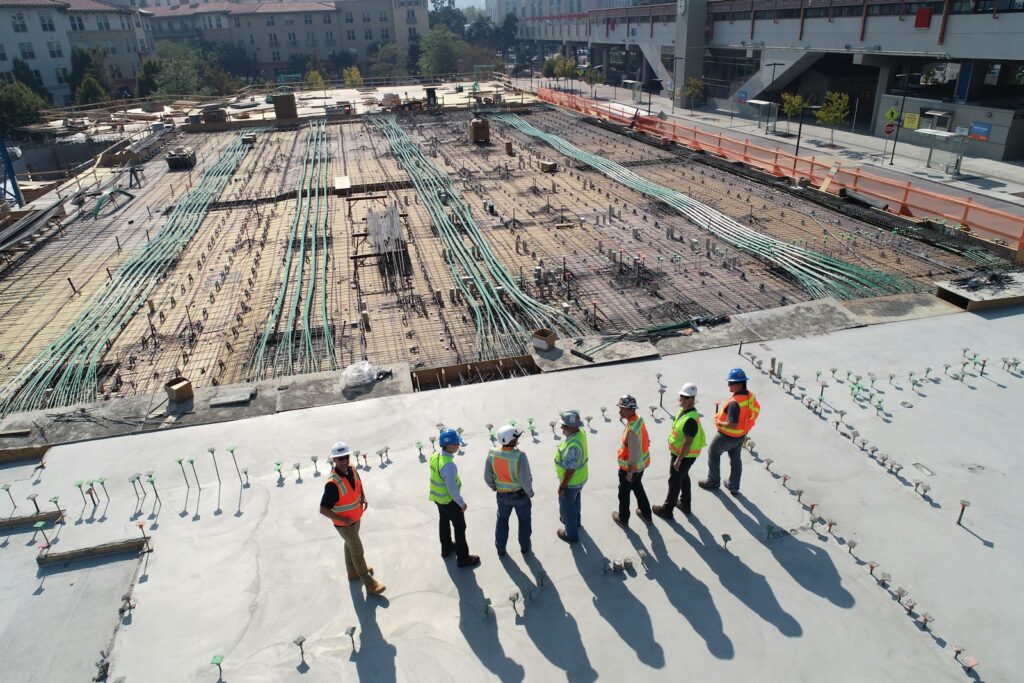
Photo by Scott Blake on Unsplash
Introduction to the Construction Industry
The construction industry is a cornerstone of economic growth and development, driving the transformation of cities and communities. From small-scale renovations to expansive industrial and commercial developments, construction projects are diverse and multifaceted.
These development projects involve a myriad of stakeholders, including architects, engineers, contractors, and government agencies, all working in unison to bring a project from conception to completion.
Effective construction planning and management are critical to the success of any project. This involves defining the project scope, establishing timelines, and allocating resources to ensure that projects are completed on time, within budget, and to the required quality standards.
The industry is also subject to various regulations and zoning laws, which can significantly affect the planning, design, and execution of projects. Navigating these complexities requires a deep understanding of the regulatory environment and a collaborative approach among all parties involved.
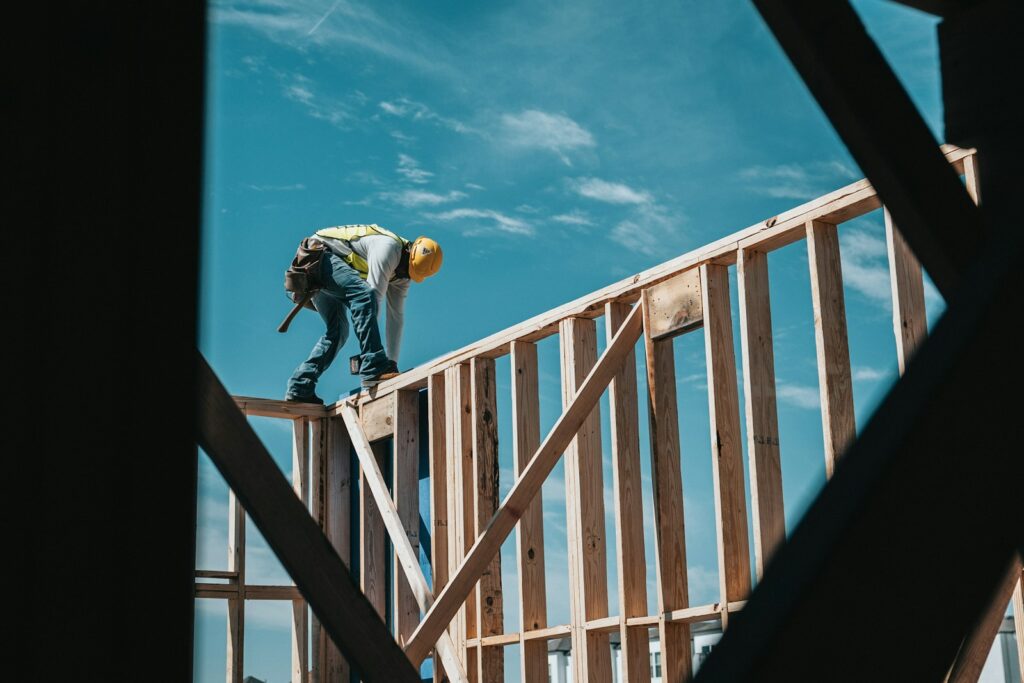
Photo by Josh Olalde on Unsplash
The Diverse World of Construction Projects
Construction projects fall into several key categories, each with unique challenges and opportunities tailored to meet different societal and market needs.
1. Residential Projects
Residential projects focus on creating housing for communities, whether single-family homes, apartment complexes, or senior living facilities. These projects often involve collaboration with city officials to improve community welfare, intricate zoning approvals, acquiring permits, and addressing community needs.
For example, SCI’s expertise is reflected in their Gardner Terrace affordable housing project. By addressing residents’ needs and adhering to tight timelines, they delivered homes that combined affordability with quality.
2. Commercial Projects
Commercial projects aim to create efficient and integrated communities by supporting business operations, including retail centers, office spaces, and restaurants. These projects require an emphasis on accessibility, functionality, and aesthetic appeal.
Collaborations with businesses like Atria Merrimack Place have allowed SCI to excel in building senior-focused facilities that balance quality construction with a client-first approach.
3. Industrial Projects
Industrial construction supports factories, warehouses, and logistics hubs. Floor assemblies play a crucial role in these projects, particularly in terms of fire resistance ratings and overall building safety. These projects involve managing heavy machinery, optimizing layouts for efficiency, and ensuring strict regulatory compliance.
Examples of SCI’s industrial expertise include projects like Fresenius Kidney Care, where specialized healthcare facilities were built to exacting standards, highlighting their adaptability in a highly regulated space.
4. Infrastructure Developments
Infrastructure construction involves building roads, bridges, water systems, and power grids. These projects often coincide with the launch of new transit stations or efforts to revitalize existing underused hubs, emphasizing the strategic planning involved.
These projects are pivotal in community development and long-term growth. Although specific infrastructure isn’t highlighted in SCI’s current portfolio, their deep understanding of project timelines and challenges makes them a trusted partner for government and private organizations.
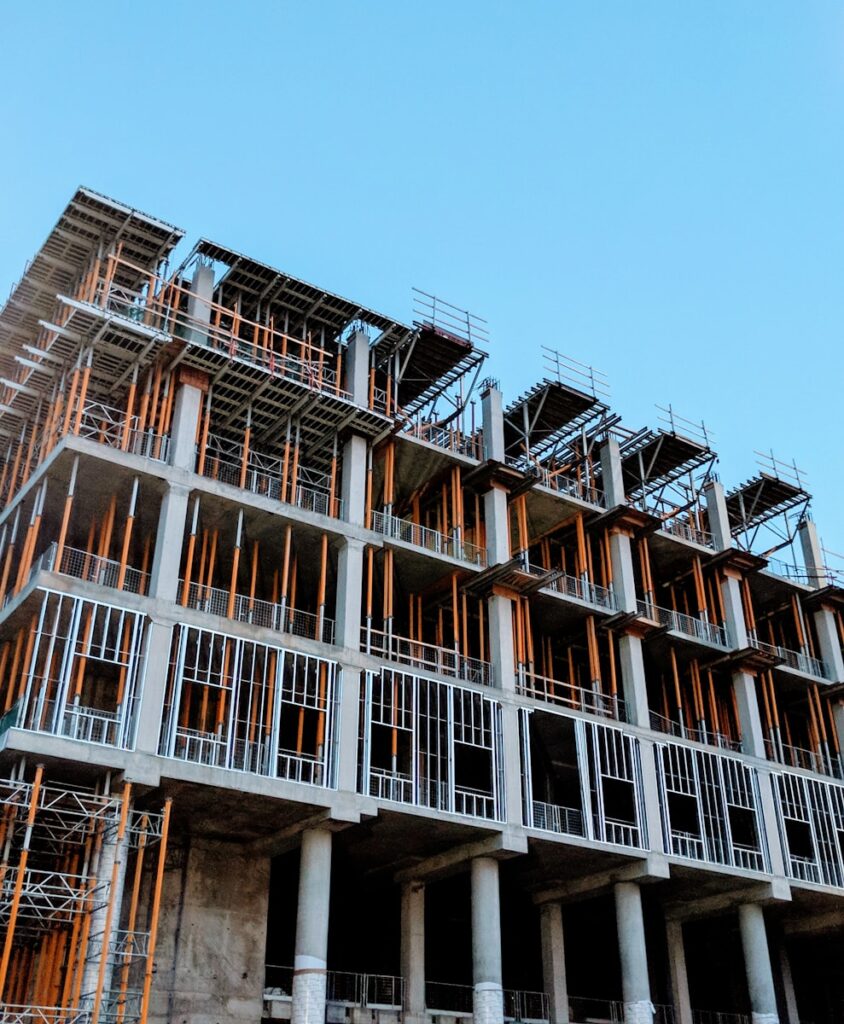
Photo by Tolu Olubode on Unsplash
Construction Planning and Management
Construction planning is the backbone of any successful project, involving the meticulous definition of project scope, establishment of timelines, and allocation of resources. Effective construction management requires seamless coordination between various stakeholders, including engineers, architects, and contractors, to ensure that projects are completed efficiently and effectively.
Identifying potential risks and developing strategies to mitigate them is a crucial aspect of construction planning and management.
This proactive approach ensures that projects are delivered on time and within budget. The use of advanced technologies, such as Building Information Modeling (BIM), can significantly improve construction planning and management by enhancing collaboration and reducing errors. Construction companies must also balance the needs of various stakeholders, including clients, investors, and regulatory agencies, to ensure that projects meet the required standards and expectations.

Photo by James Sullivan on Unsplash
Regulations and Safety Standards
Every construction project must follow zoning laws, environmental regulations, and safety standards. These factors are critical, influencing timelines, budgets, and team operations.
Zoning Laws and Environmental Considerations
Zoning regulations dictate where different types of projects can be developed, while environmental assessments ensure minimal ecological disruption.
Fire resistance ratings are crucial in relation to the specific location and occupancy type of buildings, as they determine the appropriate construction materials needed during the design phase to ensure compliance with applicable building codes. Navigating these legalities is time-intensive, but SCI’s proficiency in pre-construction preparation ensures hurdles are addressed early, mitigating costly delays.
Safety Standards
Construction sites are inherently hazardous environments. Defining occupancy classifications is crucial as it relates to both the usage of buildings and the number of people permitted within them. SCI’s commitment to worker safety includes comprehensive training programs and compliance with OSHA regulations, significantly reducing risks.
Regional Construction Highlights
Construction activity varies significantly by region, with some areas experiencing rapid growth and development, while others focus on renovation and improvement projects. Cities like Northfield, MN, and Menomonee Falls, WI, are prime examples of regions with ongoing construction and development projects, driven by economic growth and investment.
Regional construction highlights may include large-scale industrial projects, commercial developments, or residential construction, depending on the local economy and market demand. Construction companies operating in these regions must be acutely aware of local regulations, zoning laws, and environmental concerns to ensure that projects are completed successfully.
Understanding regional construction trends can provide valuable insights into the opportunities and challenges within the industry, helping businesses make informed decisions about investment and resource allocation.

Photo by Nathan Waters on Unsplash
The Evolution of Construction
Construction has evolved from primitive building techniques to today’s data-driven, client-centric approaches. Technology is at the forefront, empowering innovative design and faster project completion.
Building Information Modeling (BIM)
BIM revolutionizes how structures are designed and constructed, improving coordination between architects, engineers, and contractors. A clear timeline is crucial to understand project milestones and developments, ensuring that all stakeholders are aligned and aware of the project’s progress. SCI integrates tools like BIM to reduce miscommunication and ensure seamless execution on projects.
Modular Construction and Prefabrication
Using modular and prefabricated components speeds up timelines without compromising on quality. These techniques reduce waste and align with sustainability goals.
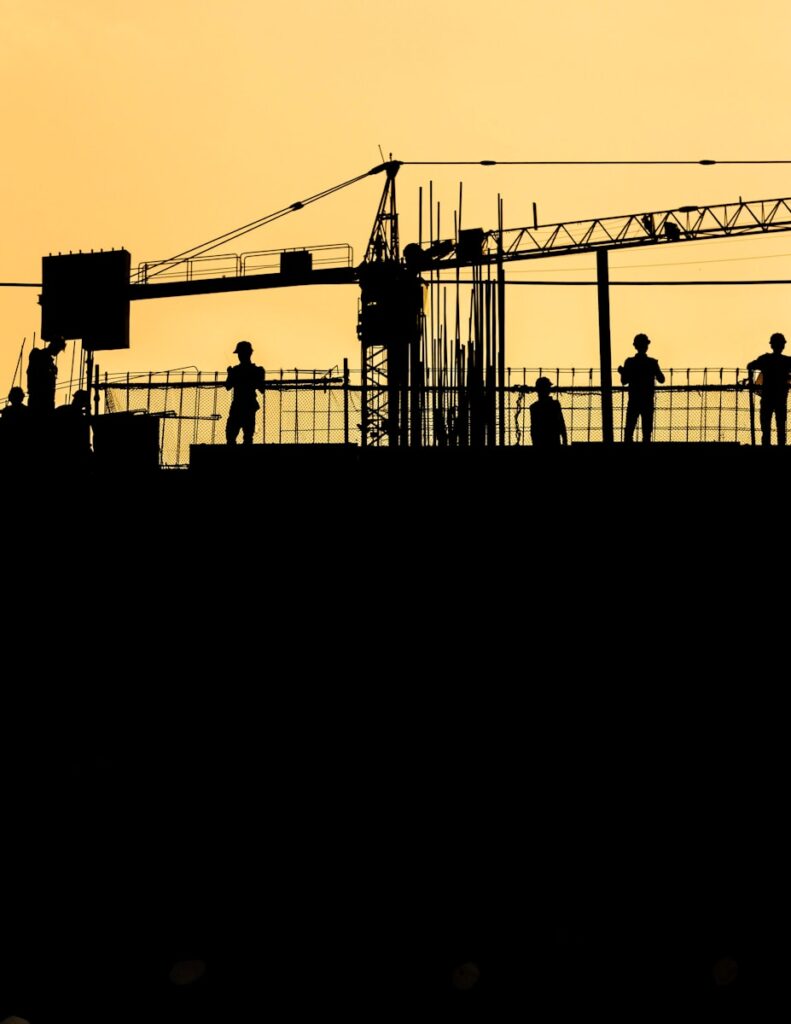
Photo by Shivendu Shukla on Unsplash
The SCI Approach
At South Coast Improvement, construction is more than blueprints and building materials. It’s about understanding clients’ needs and consistently delivering exceptional outcomes.
1. Client Satisfaction as a Priority
With a 90% repeat business rate, SCI’s reputation speaks for its unwavering focus on meeting business requirements while adhering to strict timelines and budgets.
2. Tackling Common Challenges
Construction projects often entail unforeseen complications. SCI’s expertise lies in effectively managing risks and offering adaptable solutions while maintaining transparency.
3. Design-Build Service Package
SCI’s Design-Build model eliminates traditional roadblocks by providing a “single source” for project accountability. This approach ensures clear communication, streamlines schedules, and reduces inefficiencies, as highlighted by their award-winning Residence at Great Woods project.
Notable Projects and Lessons Learned
Examining successful projects offers valuable insights into emerging trends and best practices.
- Atria Merrimack Place stood out for its focus on functionality and resident wellness.
- Fresenius Kidney Care demonstrated SCI’s versatility in managing complex healthcare requirements.
Each of these projects highlights the importance of a collaborative approach, meticulous planning, and adherence to client needs.

Photo by Silvia Brazzoduro on Unsplash
Strategies for Successful Projects
Successful construction projects hinge on careful planning, effective management, and a deep understanding of the needs and expectations of stakeholders.
Construction companies must prioritize the efficient use of resources, including labor, materials, and equipment, to minimize waste and reduce costs. Creating a positive work environment, with a focus on safety, quality, and collaboration, is essential for ensuring the success of construction projects.
Adaptability and responsiveness to changes in the market, regulatory environment, and project requirements are crucial for completing projects on time and within budget. Leveraging advanced technologies, such as data analytics and project management software, can significantly improve the chances of success.
These tools enable construction companies to deliver high-quality projects that meet the needs of clients and stakeholders, ensuring that every project is a testament to their expertise and commitment to excellence.
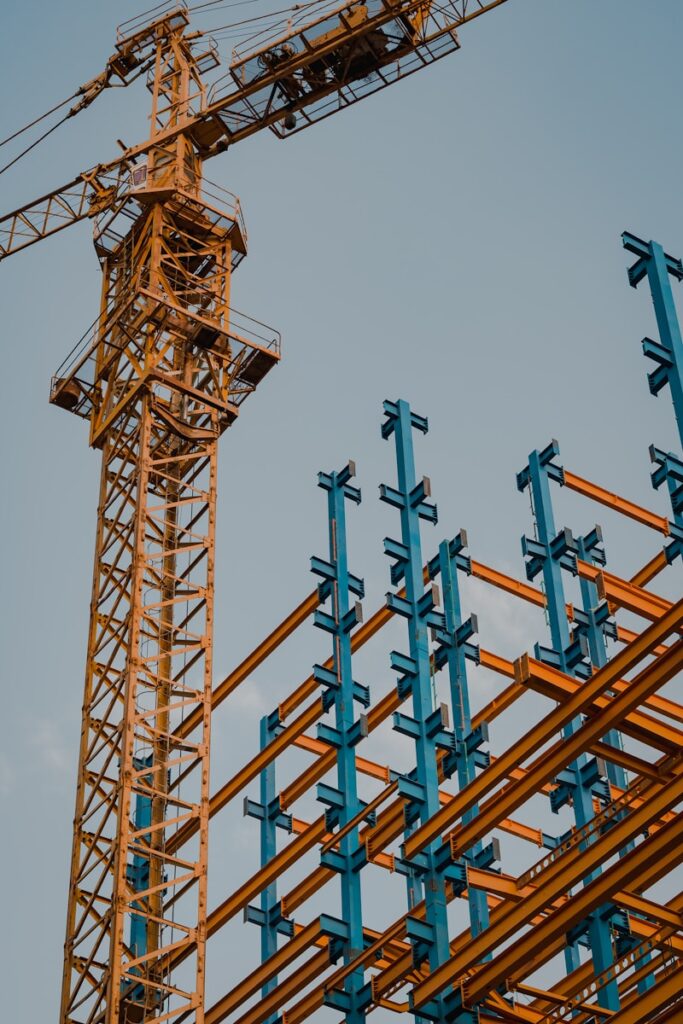
Photo by Ashkan Forouzani on Unsplash]]]]]]]]]]]]]]]]]]]]]]]]]]]]]]]]]]]]
Future Trends in Construction Industry
Construction in 2025 will be defined by three key pillars:
- Sustainability: Renewable materials, energy-efficient buildings, and eco-friendly designs will continue to dominate.
- Advanced Technology: AI-powered project management tools and 3D printing are enabling faster, better, and cheaper construction.
- Community Integration: Expect projects to increasingly focus on enhancing community wellness, with traffic flow, green spaces, and accessibility becoming top considerations.

Why Choose South Coast Improvement?
Choosing the right construction partner can make or break your project. Here’s why South Coast Improvement remains an industry leader:
- Award-Winning Services: Recognition by the Design-Build Institute of America reflects SCI’s dedication to excellence.
- End-to-End Accountability: SCI’s integrated design-build model ensures consistency from concept to completion.
- Extensive Experience: Decades of experience working across sectors including residential, commercial, and healthcare.
- Client-Centric Approach: Customized solutions prioritize your business goals and compliance needs.
Build the Future with South Coast Improvement
The construction industry is poised for critical advancements. By adopting cutting-edge techniques and emphasizing collaboration, companies like South Coast Improvement are leading the charge into a new era of efficient and sustainable project delivery.
If you’re planning a project and need reliable expertise, contact South Coast Improvement for a consultation today. Whether you’re developing a facility, constructing a new office, or expanding infrastructure, SCI has the knowledge and professionalism to bring your vision to life.
Grow, innovate, and build better—with South Coast Improvement.
View Our Work
The Overlook – Masonic Health System
"We’re honored to have partnered with The Overlook on this transformative initiative. Our team brought specialized expertise in working within occupied senior living communities, delivering a seamless renovation that aligns with The Overlook’s exceptional standards of...
Hamilton Wenham
Their team was collaborative, responsive, and committed to our shared vision for this space, -Eric Tracy Superintendent, Hamilton-Wenham Regional School District We partnered with the Hamilton-Wenham Regional School District to deliver a brand-new athletic building...
